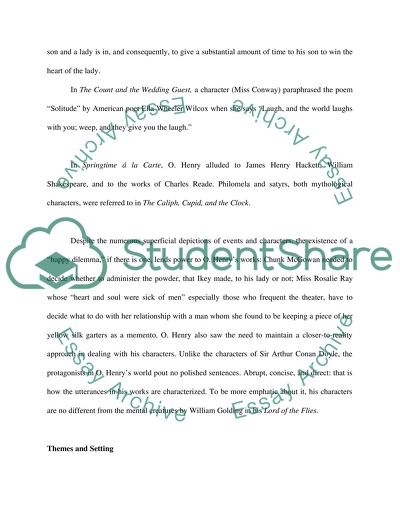Cite this document
(“O. Henry: The Works and the Authors Style Essay”, n.d.)
Retrieved from https://studentshare.org/literature/1550206-o-henry-the-works-and-the-authors-style
Retrieved from https://studentshare.org/literature/1550206-o-henry-the-works-and-the-authors-style
(O. Henry: The Works and the Authors Style Essay)
https://studentshare.org/literature/1550206-o-henry-the-works-and-the-authors-style.
https://studentshare.org/literature/1550206-o-henry-the-works-and-the-authors-style.
“O. Henry: The Works and the Authors Style Essay”, n.d. https://studentshare.org/literature/1550206-o-henry-the-works-and-the-authors-style.


